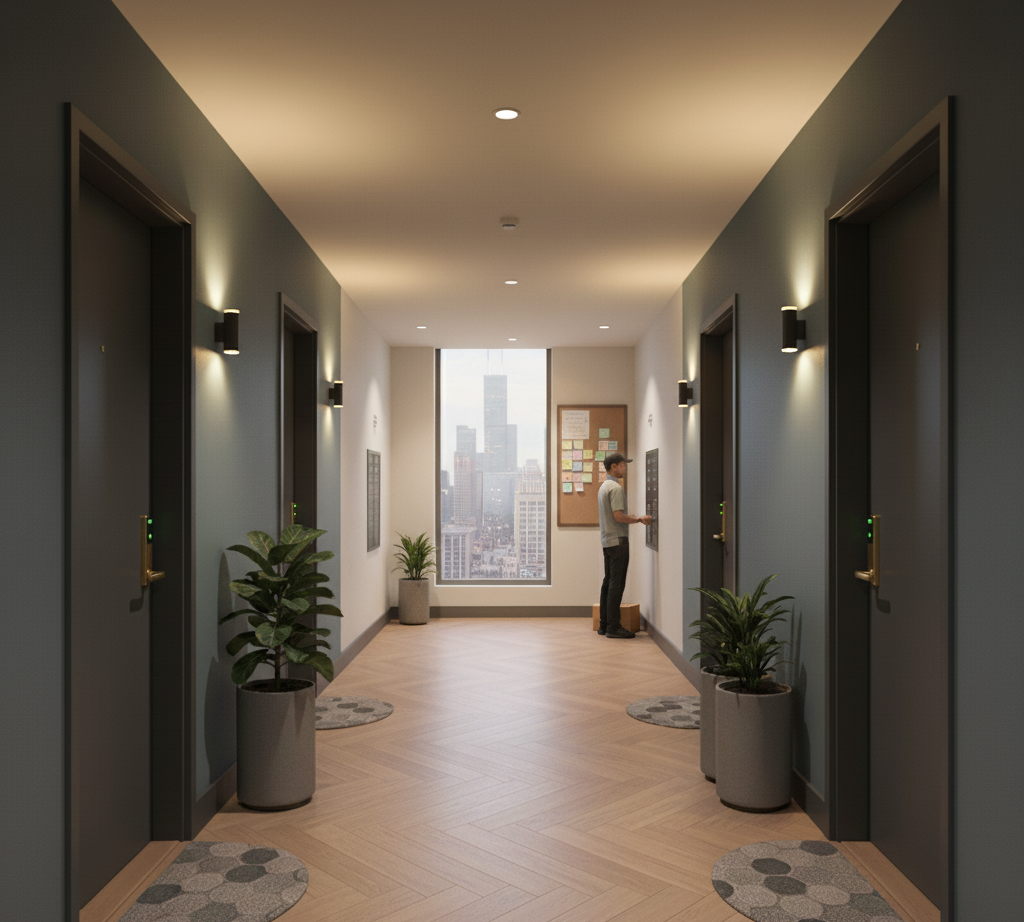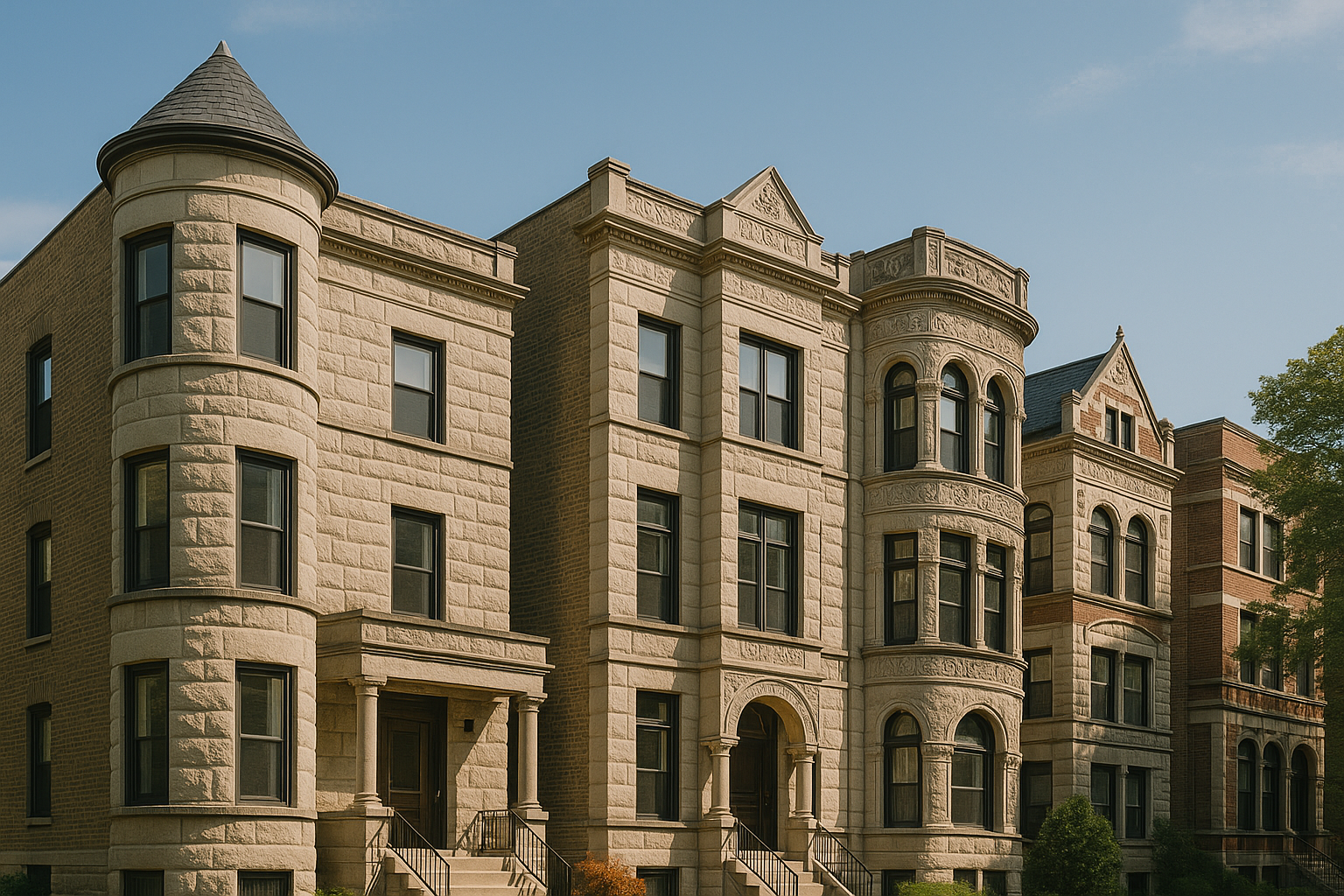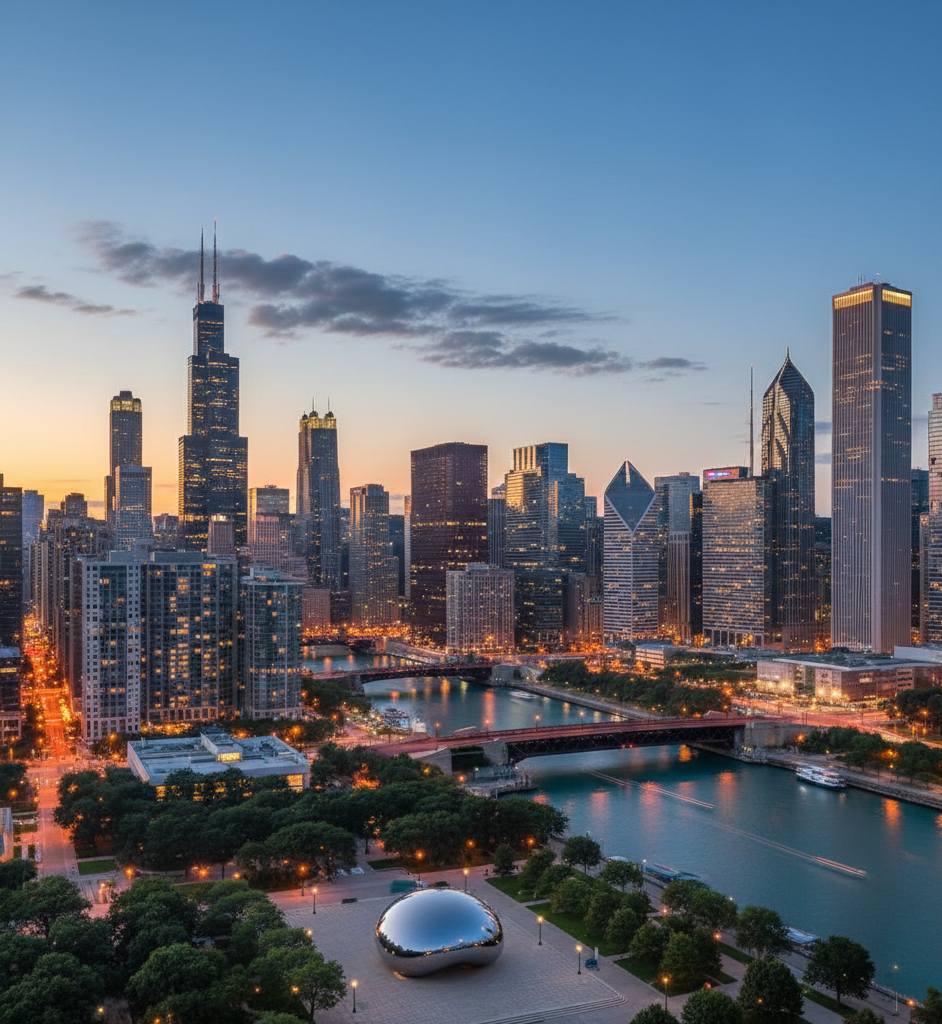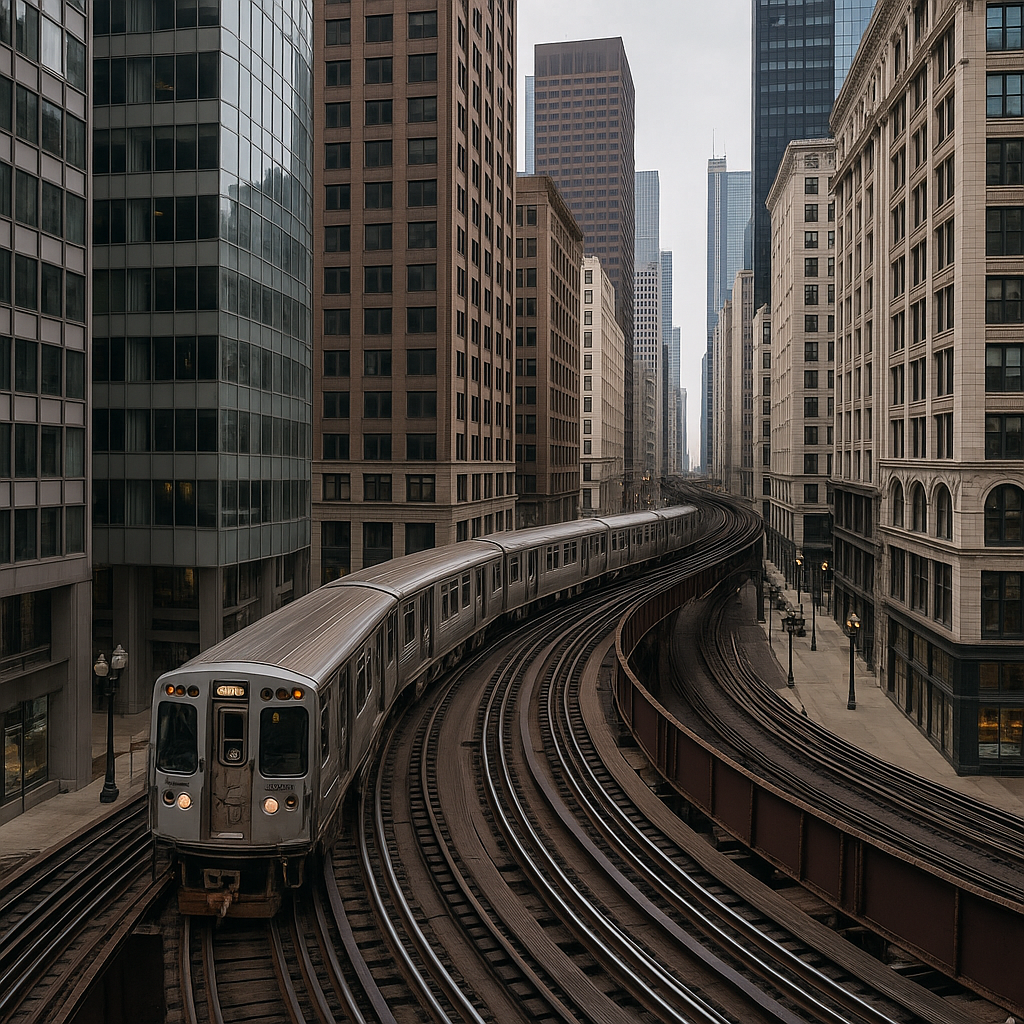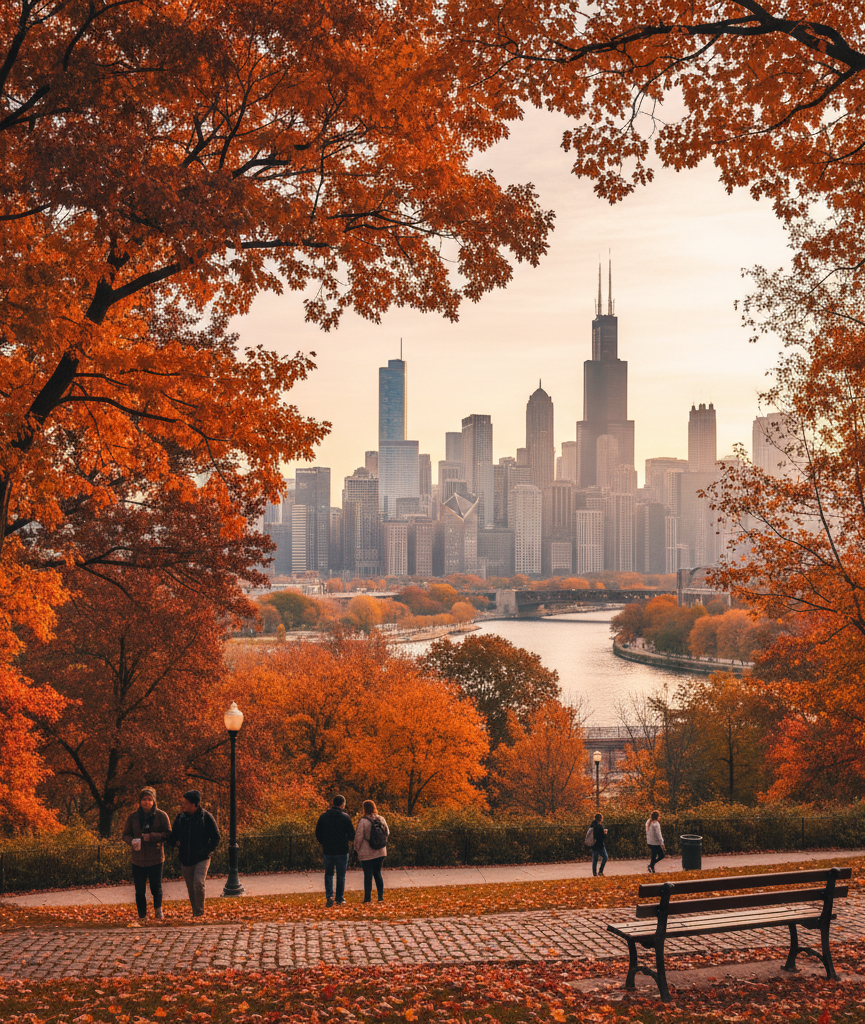How Historic Buildings Are Being Adapted for Modern Renters
There’s something uniquely captivating about living in a building with history. Ornate moldings, tall ceilings, exposed brick — these architectural features tell stories of a different era. Yet, today’s renters want more than charm; they want comfort, technology, and sustainability.
So, how are historic properties being reimagined to meet the needs of modern renters? Let’s explore how thoughtful restoration and smart innovation are transforming old buildings into stylish, livable spaces.
1. Preserving Character While Updating Functionality
Adapting a historic building begins with respecting its architectural integrity. Developers work with preservation experts to maintain distinctive features like original woodwork or brick facades while discreetly upgrading essential systems such as wiring, plumbing, and insulation.
This careful balance ensures that modern renters enjoy both aesthetic appeal and functionality. The National Park Service provides guidelines for preserving historic properties while adapting them for contemporary use — a valuable resource for developers and preservationists alike.
2. Modern Amenities in Timeless Spaces
Today’s renters expect modern conveniences — think in-unit laundry, high-speed internet, and energy-efficient HVAC systems. In historic buildings, designers find creative ways to integrate these features without compromising the architecture.
Compact appliances, wireless systems, and hidden ductwork keep the charm intact while delivering 21st-century comfort. Many adaptive reuse projects also add shared perks like fitness centers, coworking spaces, and rooftop lounges to appeal to urban professionals.
For inspiration, check out Architectural Digest’s feature on adaptive reuse projects that blend history with modern living.
3. Sustainability Through Restoration
Restoring an existing structure is inherently sustainable. Rather than demolishing and rebuilding, developers reduce waste and carbon emissions by repurposing materials and maintaining the original framework.
Historic retrofits often include ENERGY STAR-certified upgrades like LED lighting, water-saving fixtures, and double-paned windows. These changes make a century-old building just as energy-efficient as new construction — sometimes even more.
At NXT Realty, we value sustainability and innovation. Our team is committed to helping renters find homes that reflect both modern values and timeless quality.
4. Smart Technology Integration
Historic buildings are also embracing smart home technology. Landlords are discreetly adding smart locks, thermostats, and video security systems that improve convenience and safety without altering the property’s original aesthetic.
Renters can enjoy the charm of a pre-war apartment with the ease of a smart-enabled home. The Urban Land Institute notes that integrating technology into historic preservation projects not only enhances livability but also increases long-term property value.
5. Reimagining Community Spaces
Many adaptive reuse projects go beyond residential upgrades — they reimagine entire community spaces. Historic warehouses become vibrant loft communities; old schools transform into stylish apartment complexes. Developers often retain design elements like exposed beams or original signage as a nod to the building’s past.
These shared spaces foster connection and pride among residents, creating a unique sense of belonging. For renters seeking apartments with character and community, historic buildings offer something no modern tower can replicate.
If you’re interested in exploring available spaces that combine modern living with architectural history, visit our Vacancies page.
6. Blending Heritage with Urban Renewal
Revitalizing older buildings contributes to urban renewal and neighborhood revitalization. Instead of erasing the past, cities are learning to build on it. The National Trust for Historic Preservation highlights how adaptive reuse boosts local economies and preserves community identity.
Renters benefit too — living in these reimagined spaces means being part of a city’s evolving story.
Conclusion
Historic buildings prove that old doesn’t mean outdated. Through restoration, sustainability, and innovation, developers are creating homes that honor the past while embracing the future.
Modern renters no longer have to choose between character and convenience — they can have both.
For more insights on real estate trends and modern living, check out the NXT Realty Blog or learn more About Us and how we help connect renters with extraordinary spaces.






